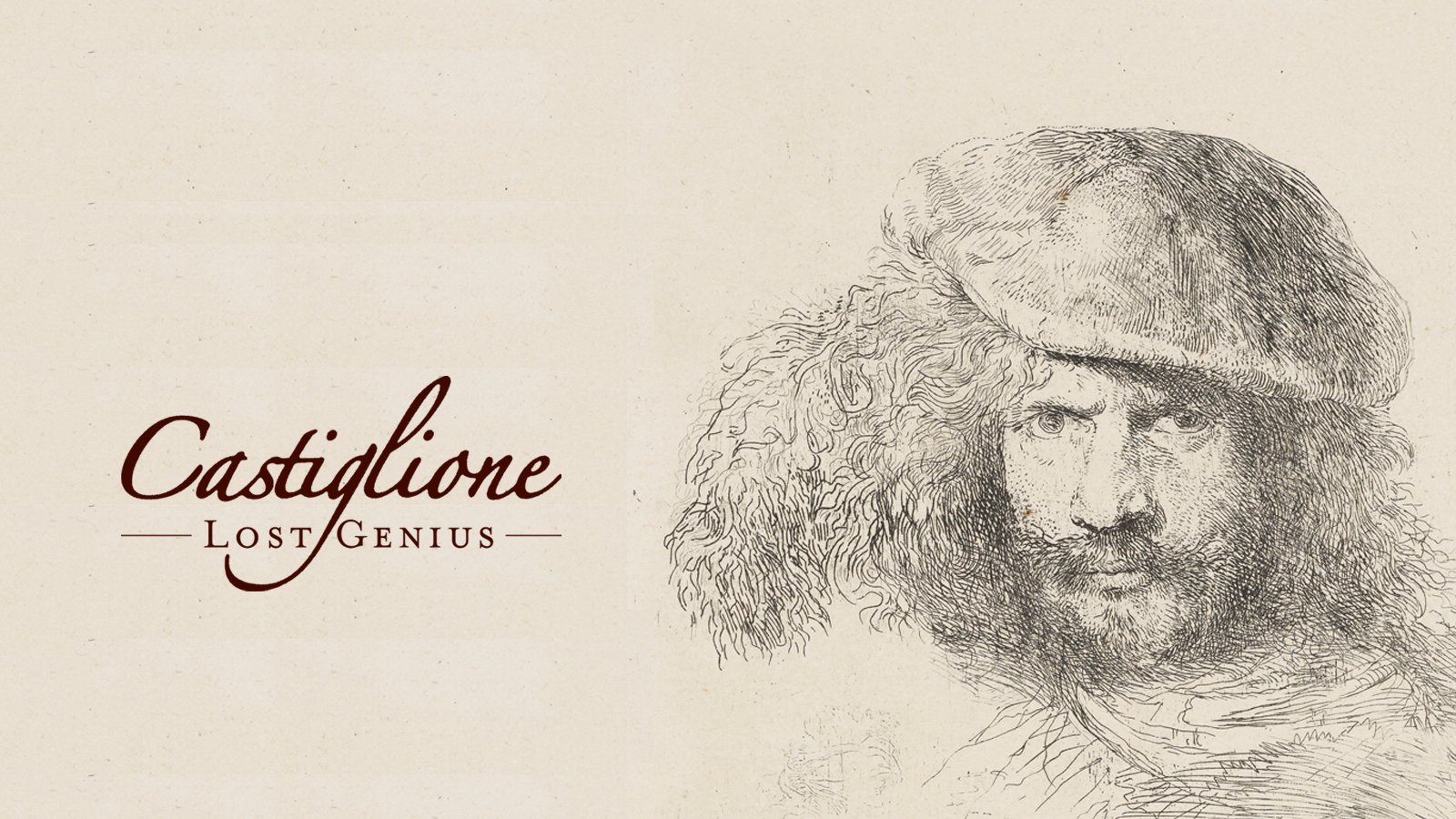
Digital printing
Digital printing refers to images printed using a digital printer instead of a traditional printing matrix such as a copper plate. Fine art digital inkjet printing is printing from a computer image file directly to an inkjet or laser printer.
The printers can deposit pigment or toner onto a wide variety of materials including paper, canvas, glass, metal and other substances.
The digital print first appeared in the 1960s when artists began to see how new technology could be used as a graphic tool. Often working within research industries, the early digital artists were more like scientists, borrowing time on expensive equipment.
As technology has advanced and with the introduction of computer software programmes, the potential for artists to experiment digitally has rapidly accelerated. Many printmakers also combine traditional techniques such as monotype and etching with their own digital imagery, creating new possibilities in print.
Digital technologies have not replaced other methods, as some might have feared, but rather extended the options available. As technology advances we can be certain that digital printmaking will continue to change and diversify, challenging us to question what constitutes a ‘print’ in the twenty-first century.







